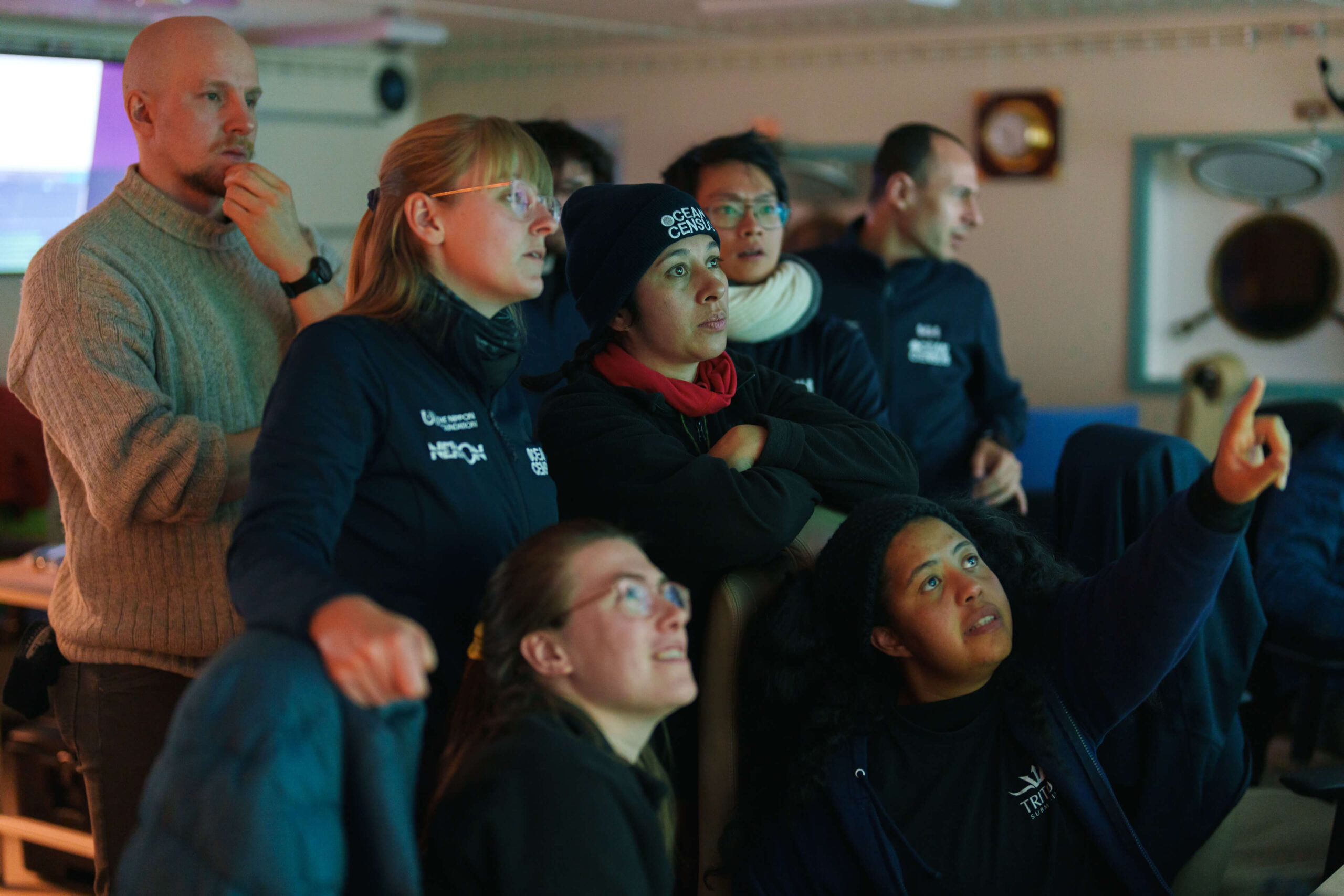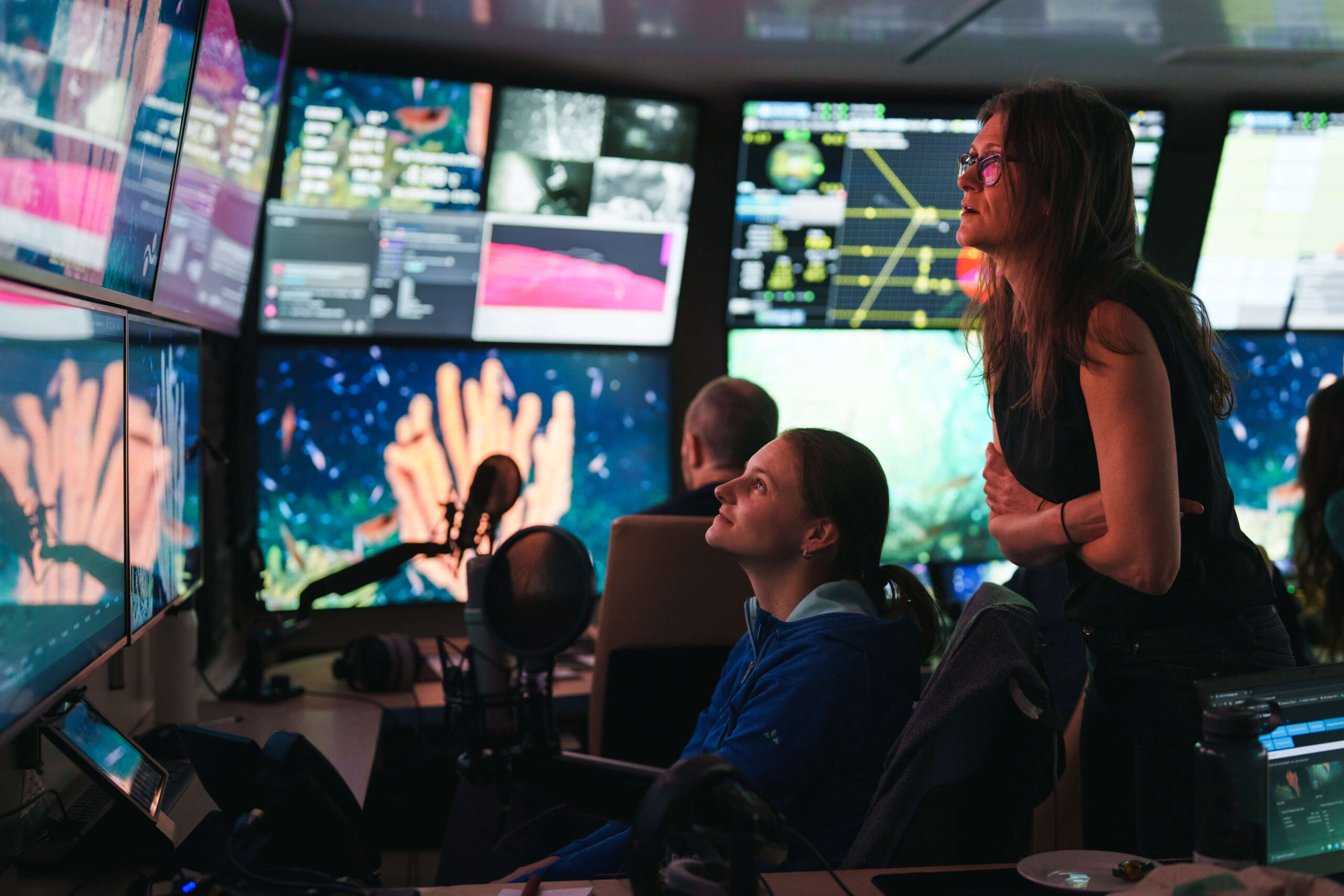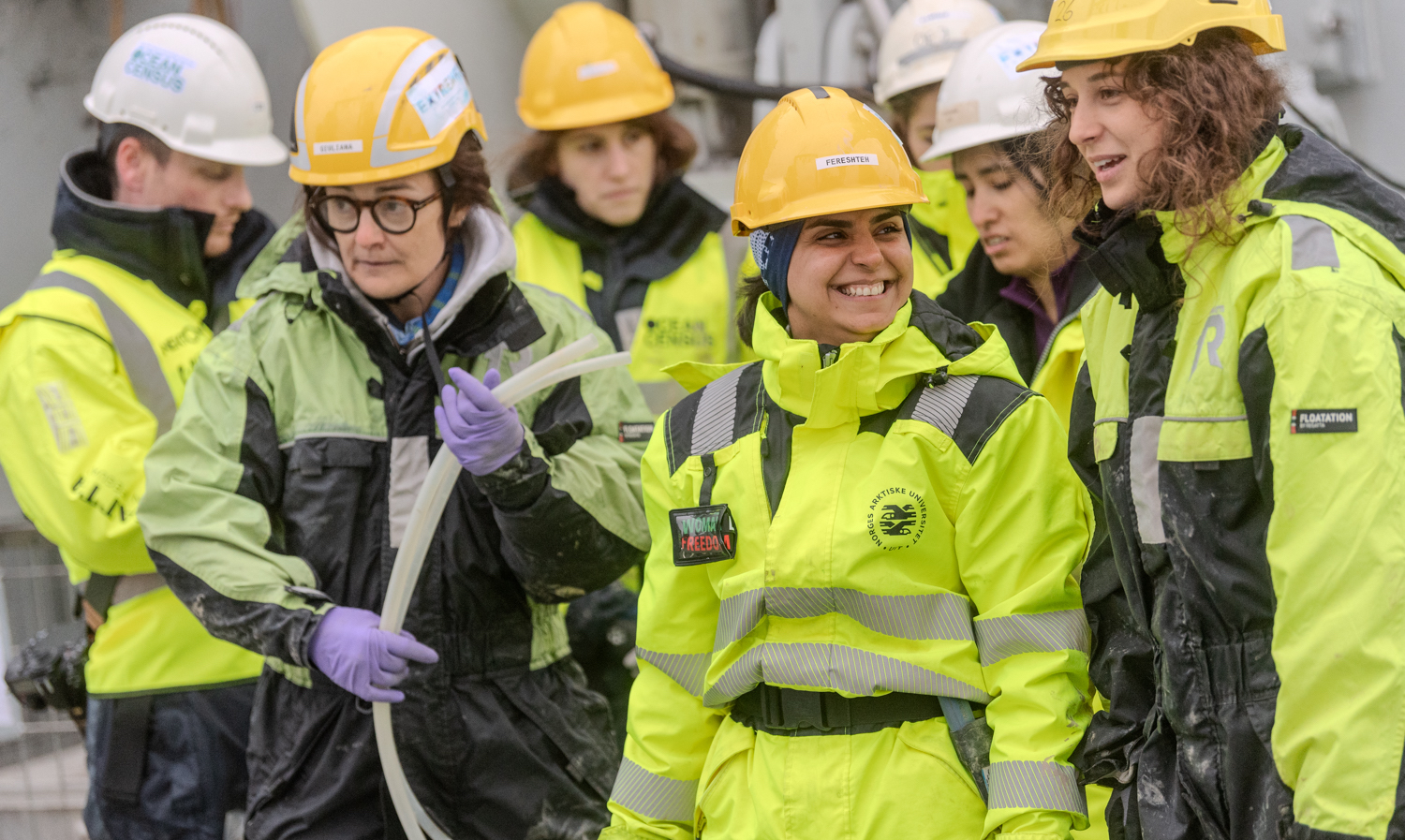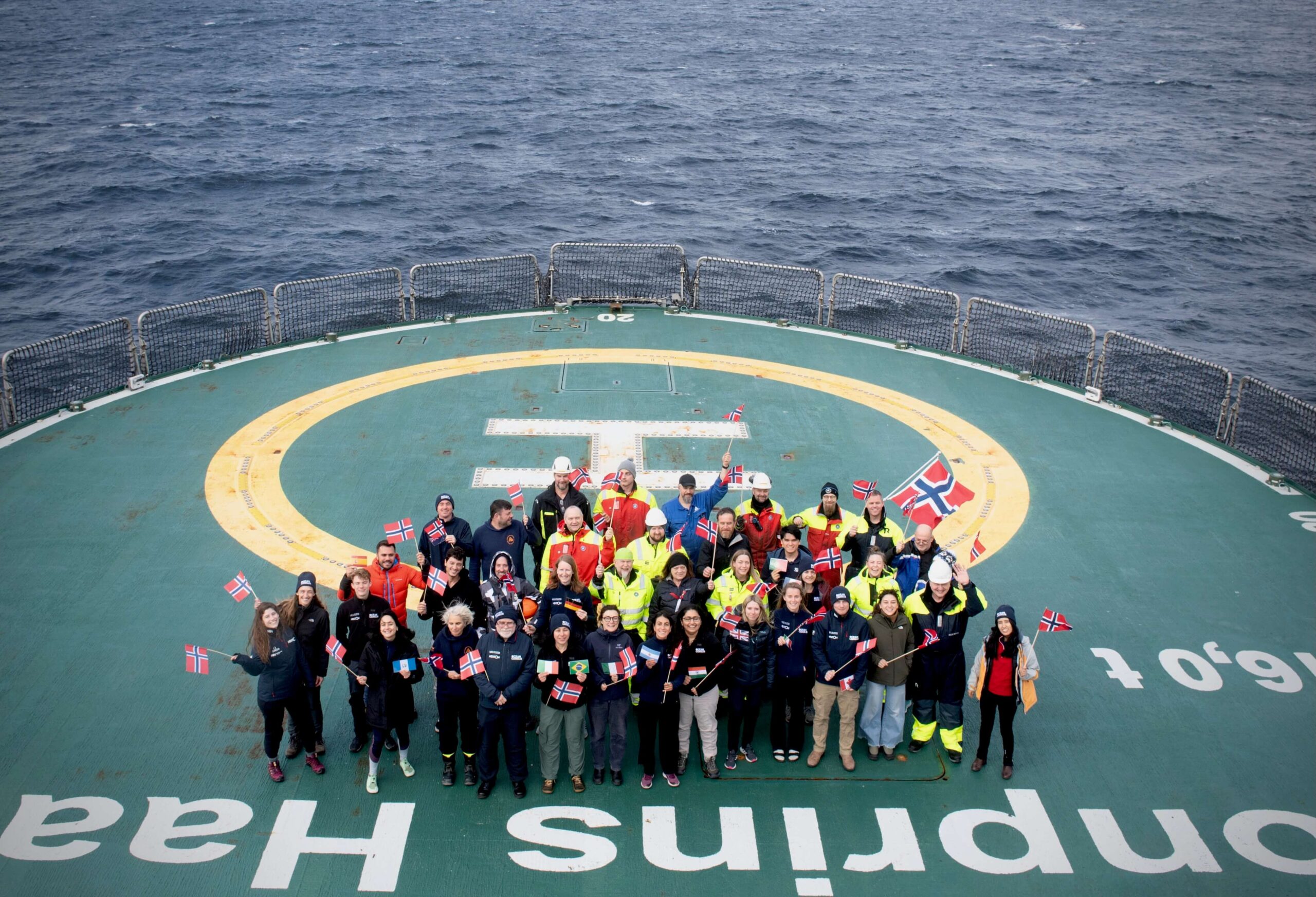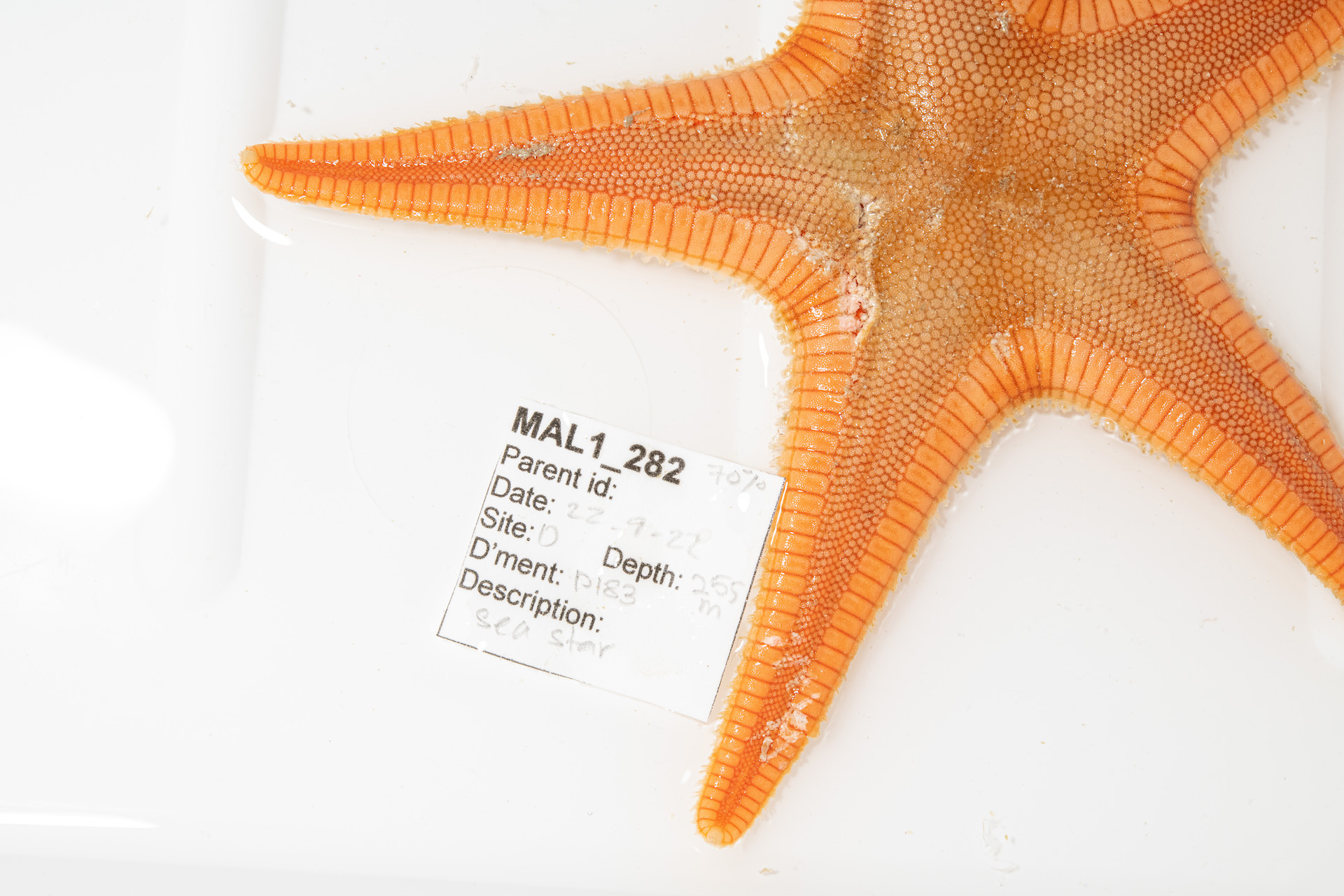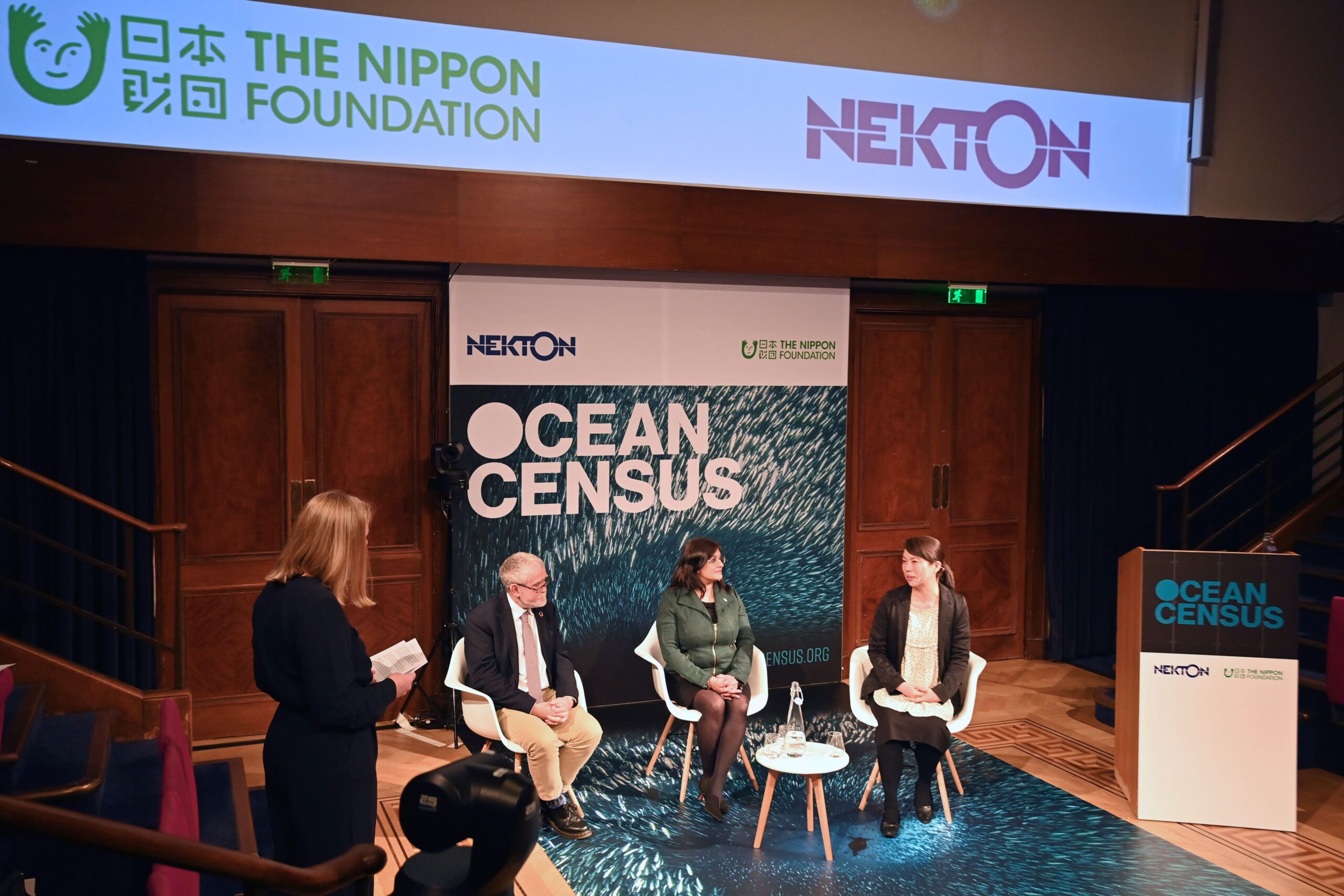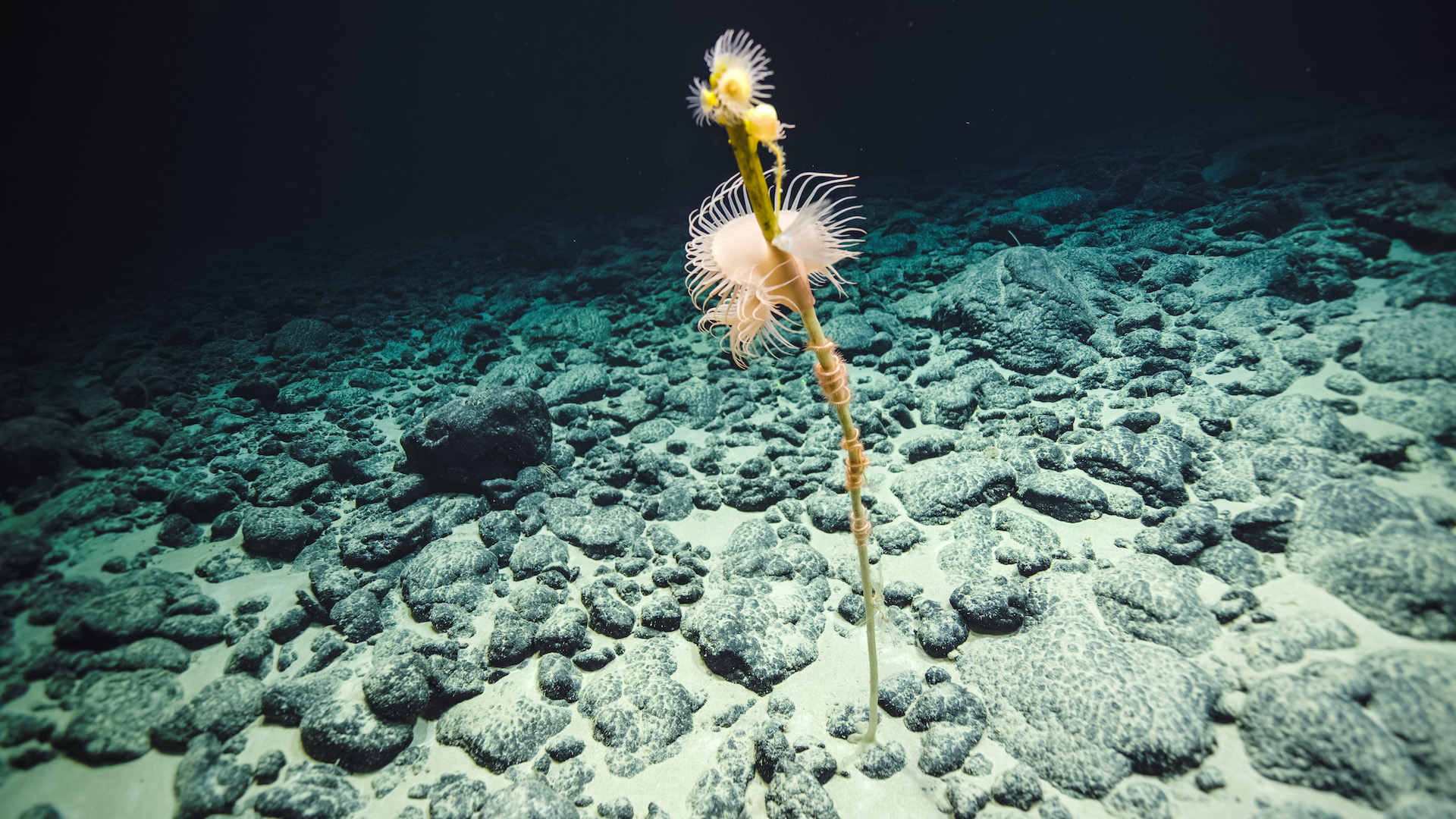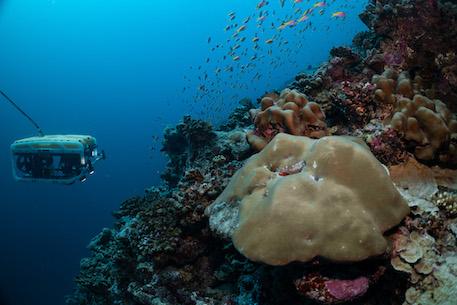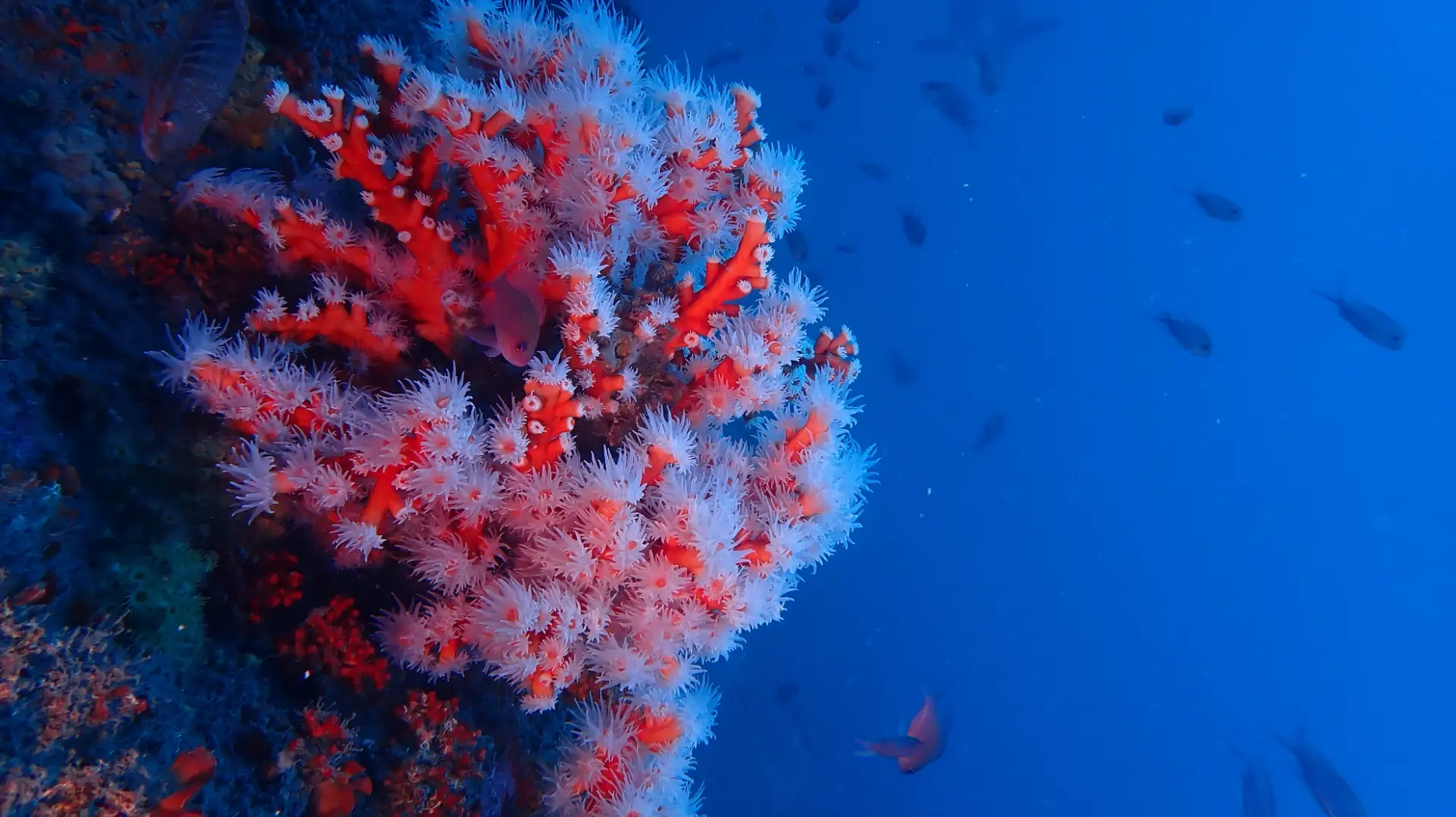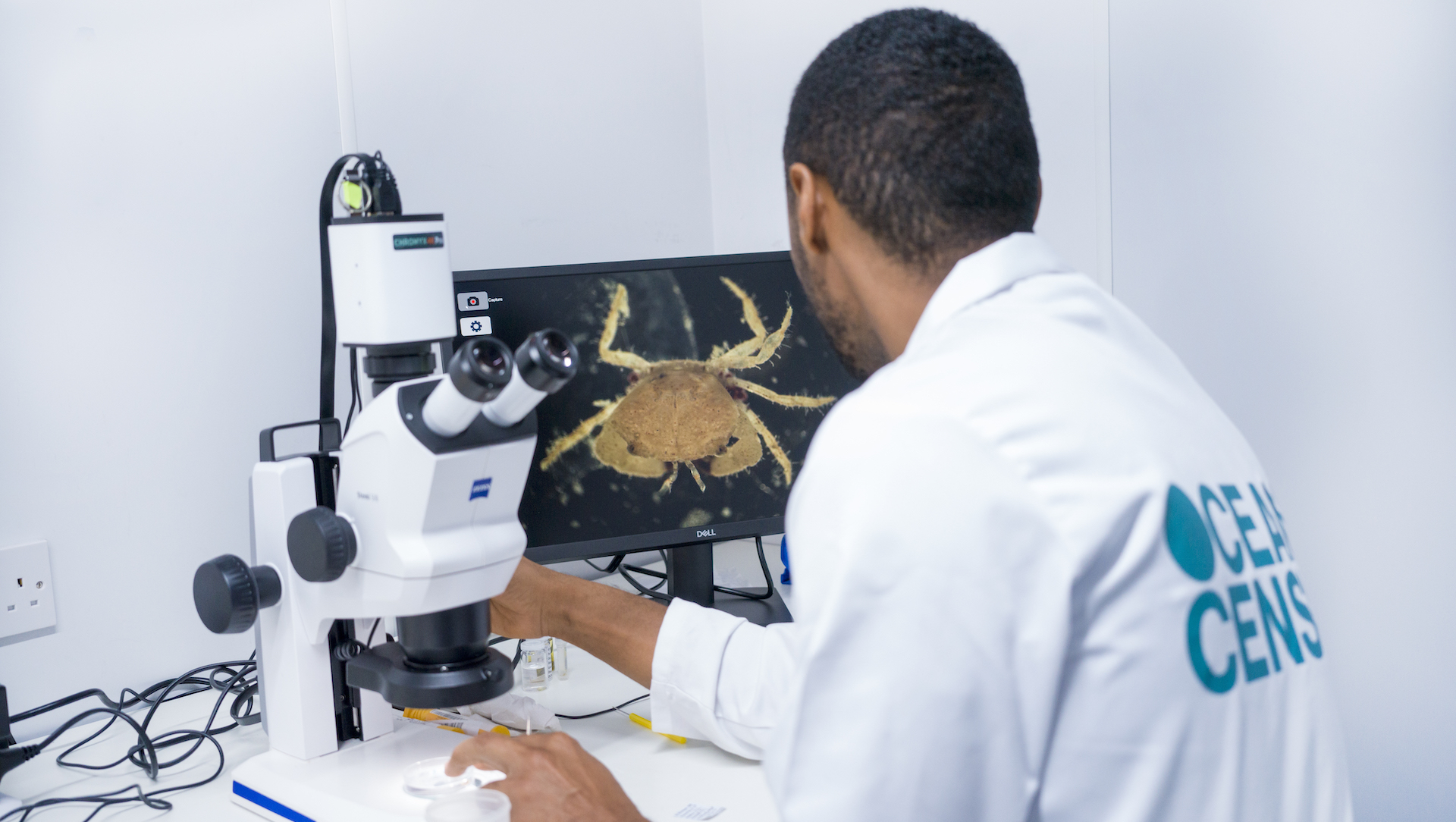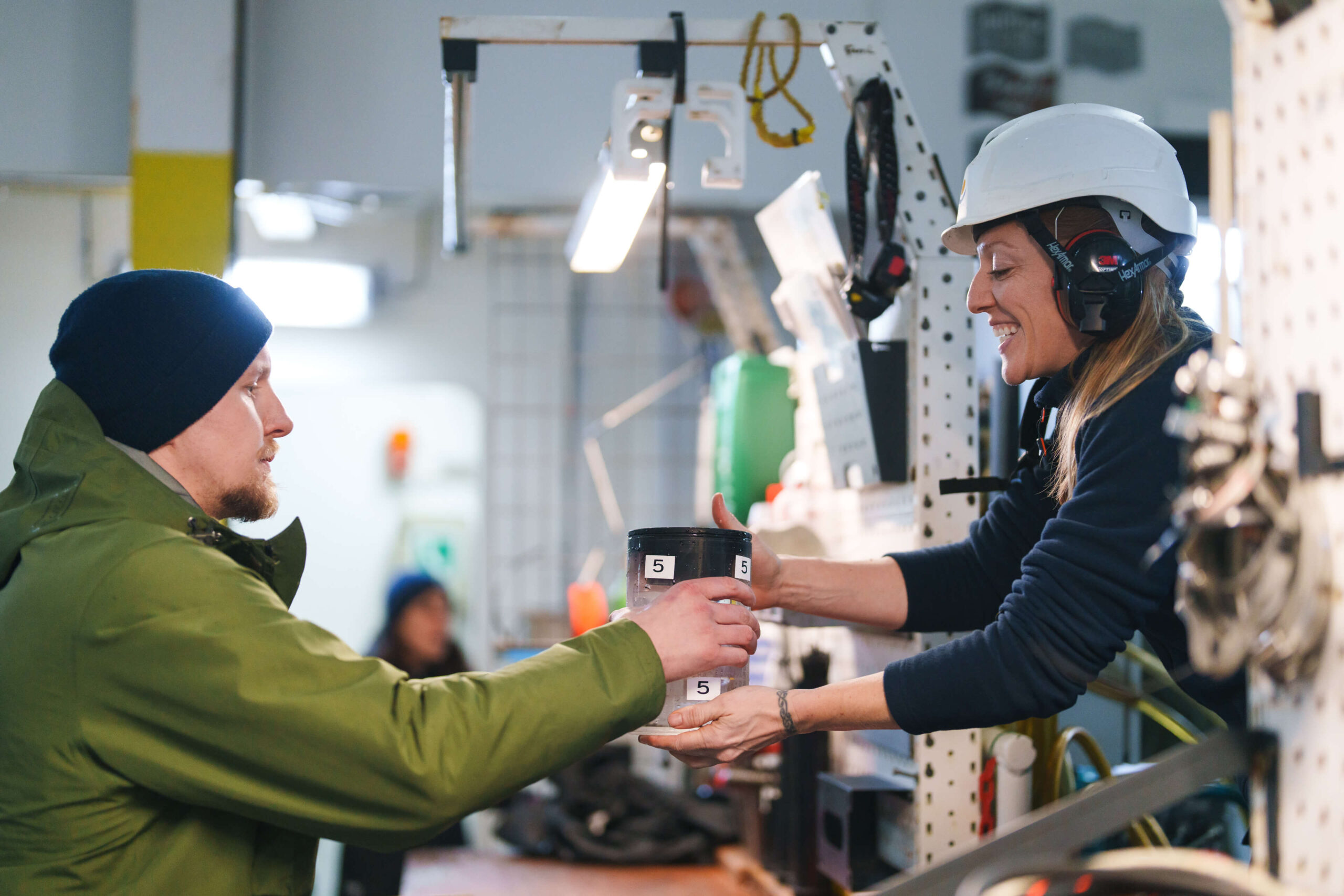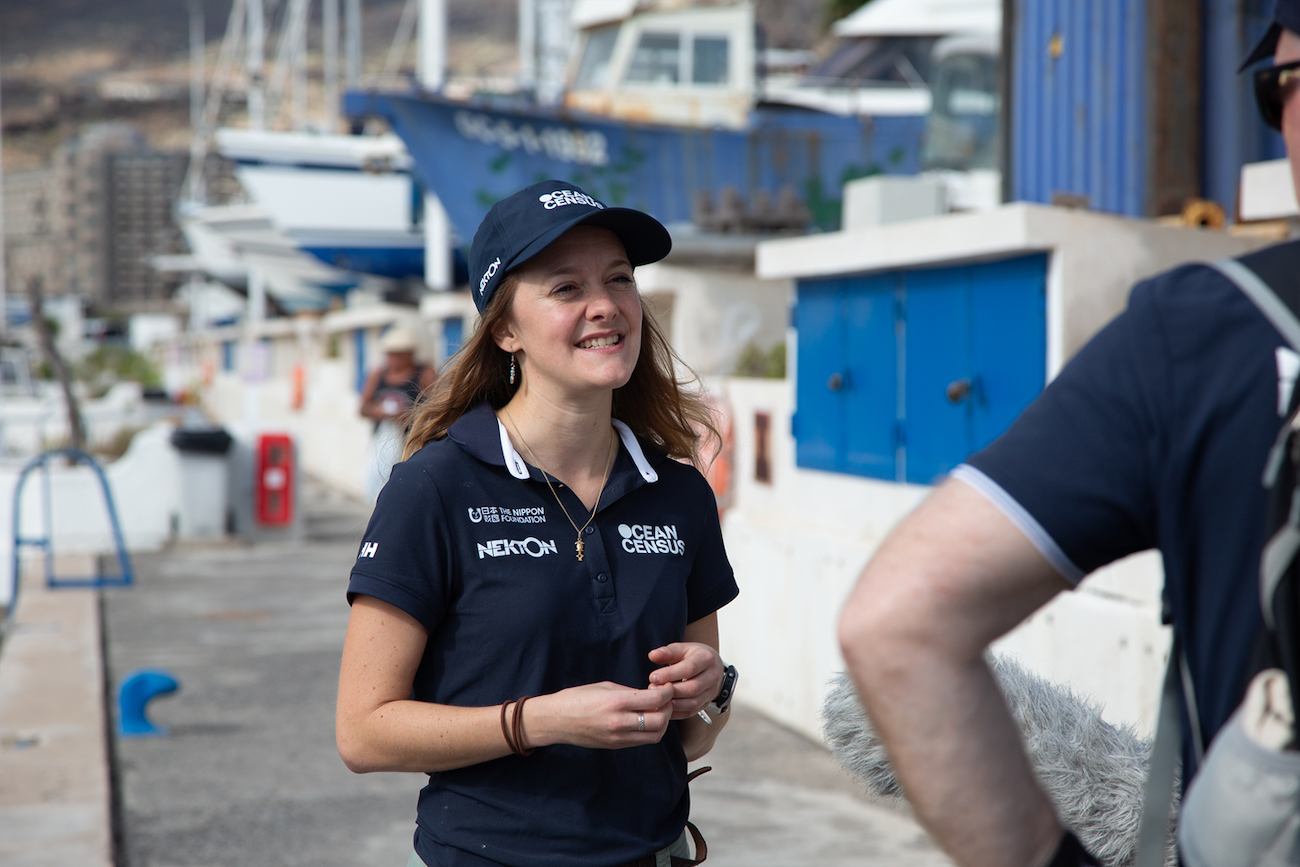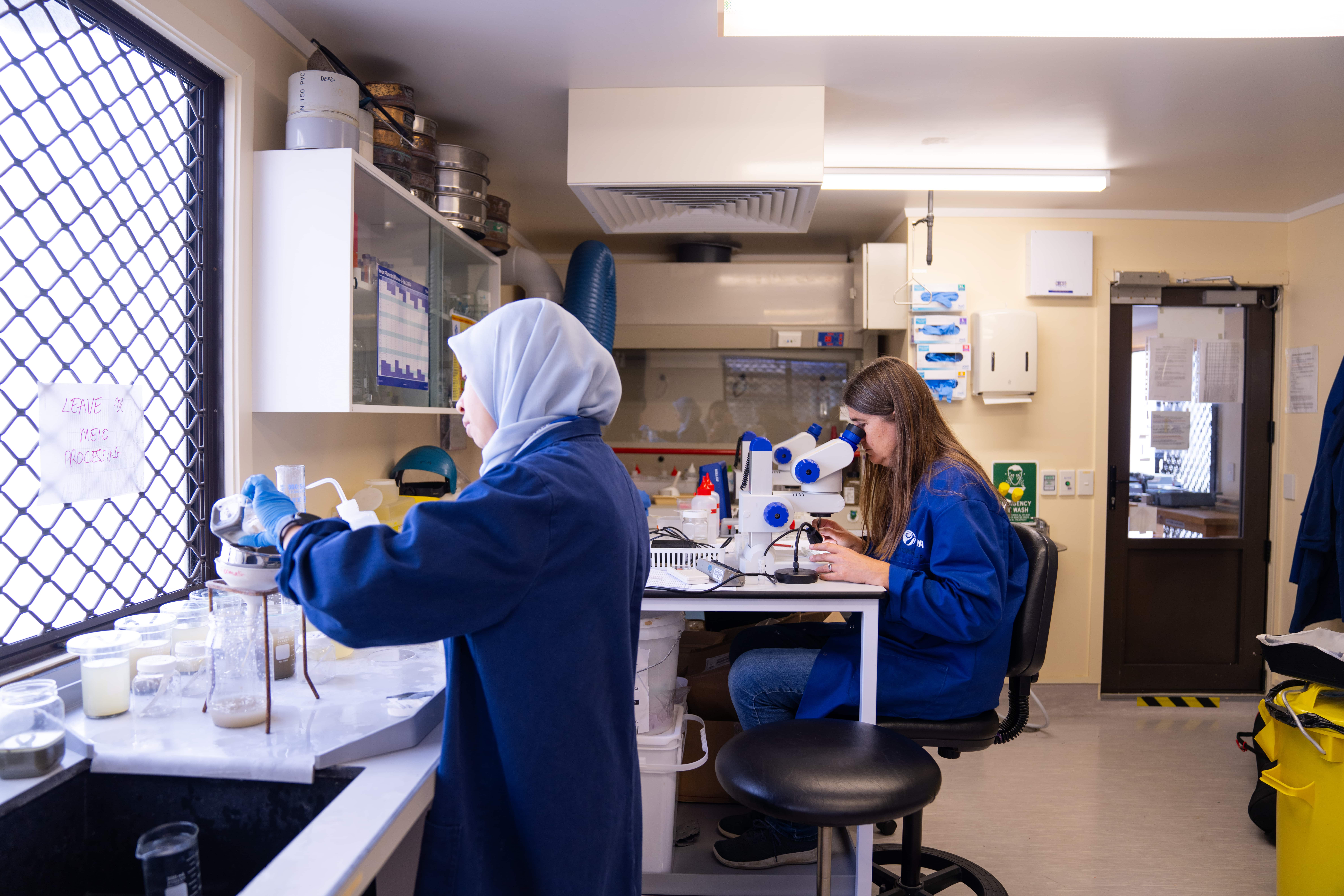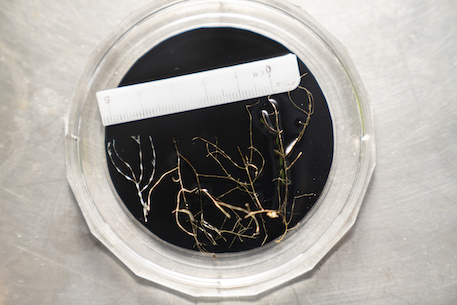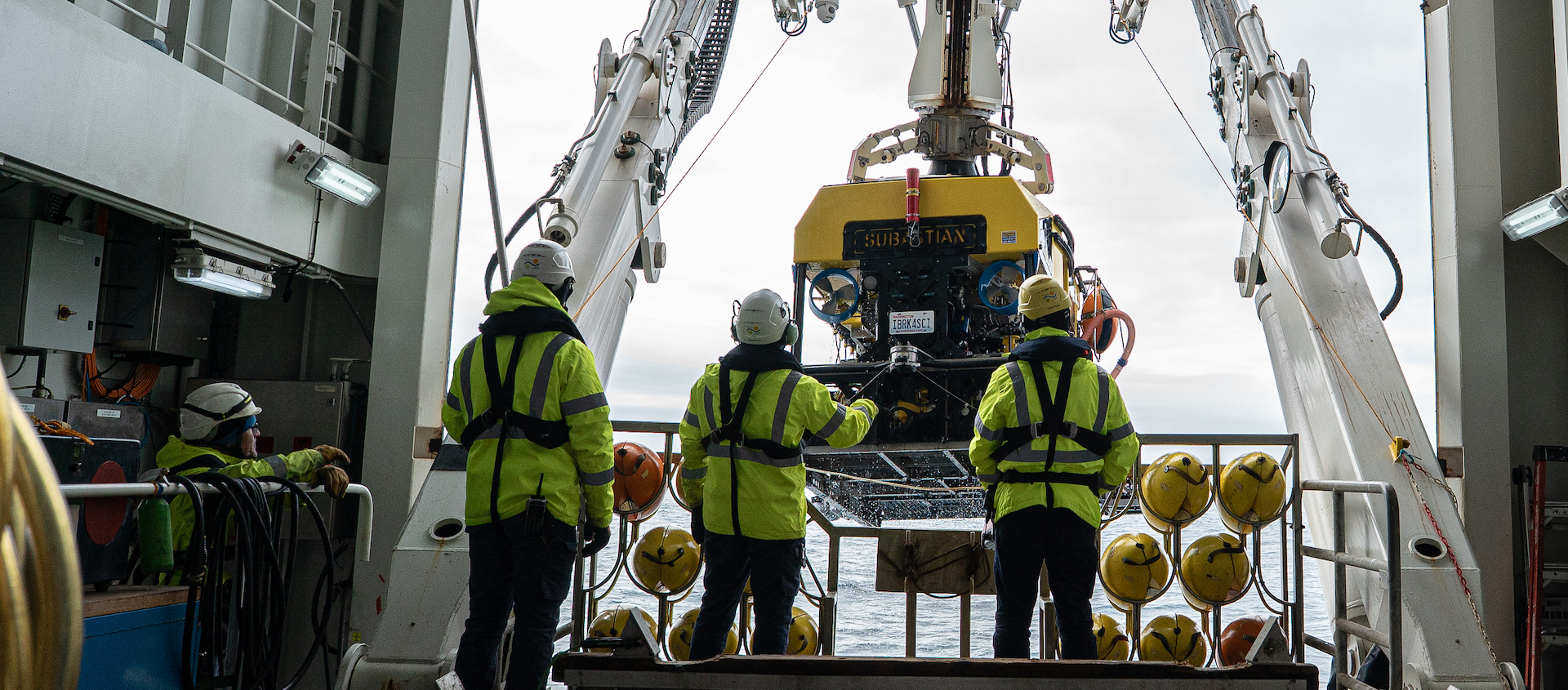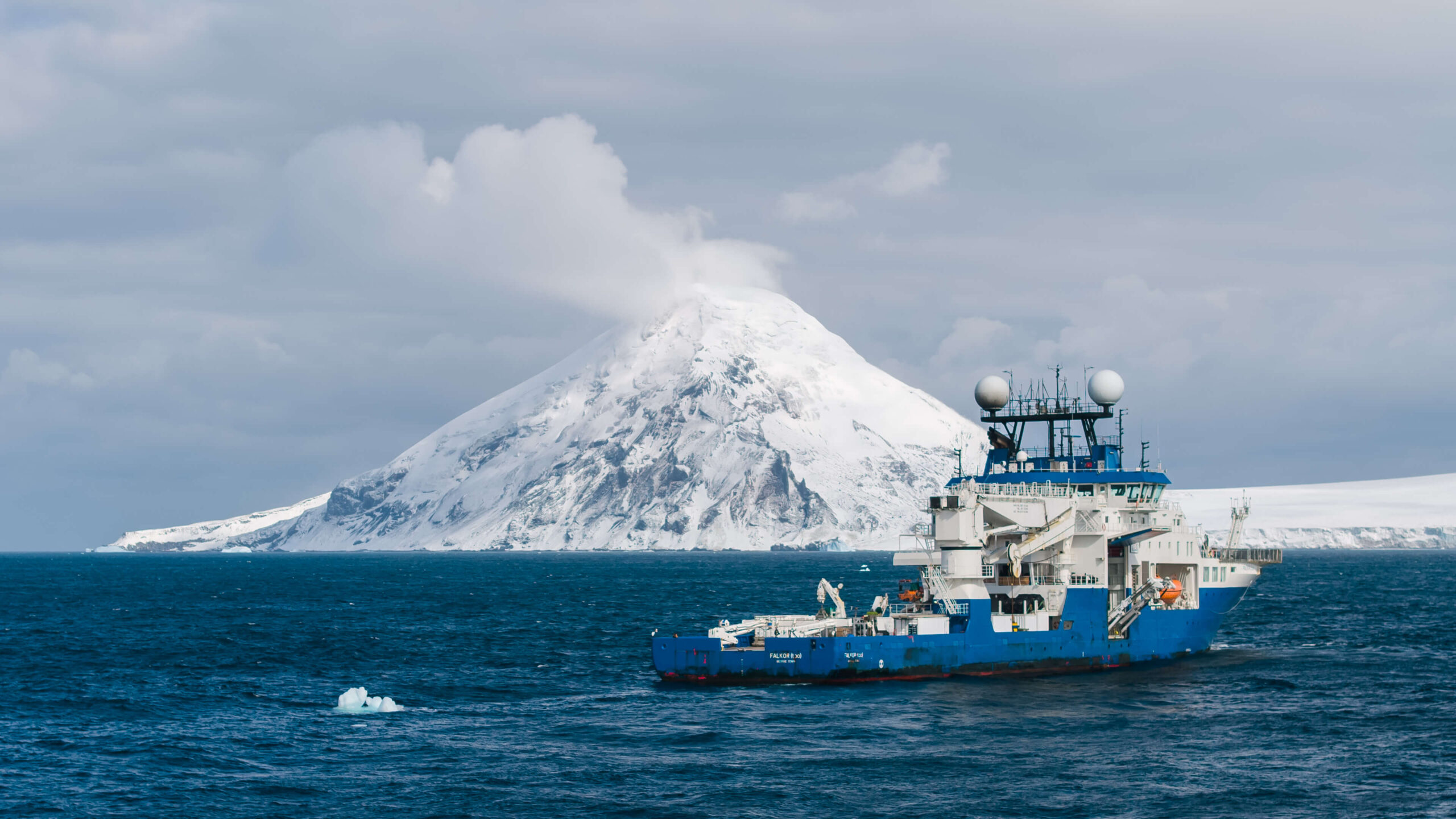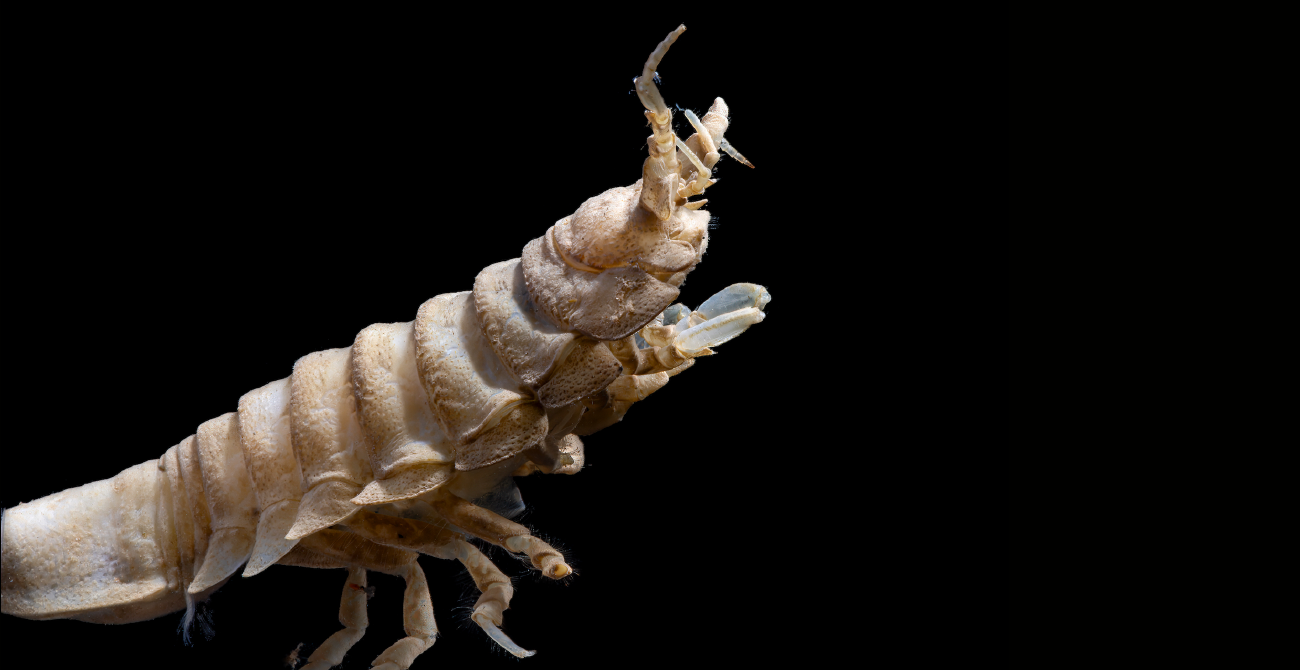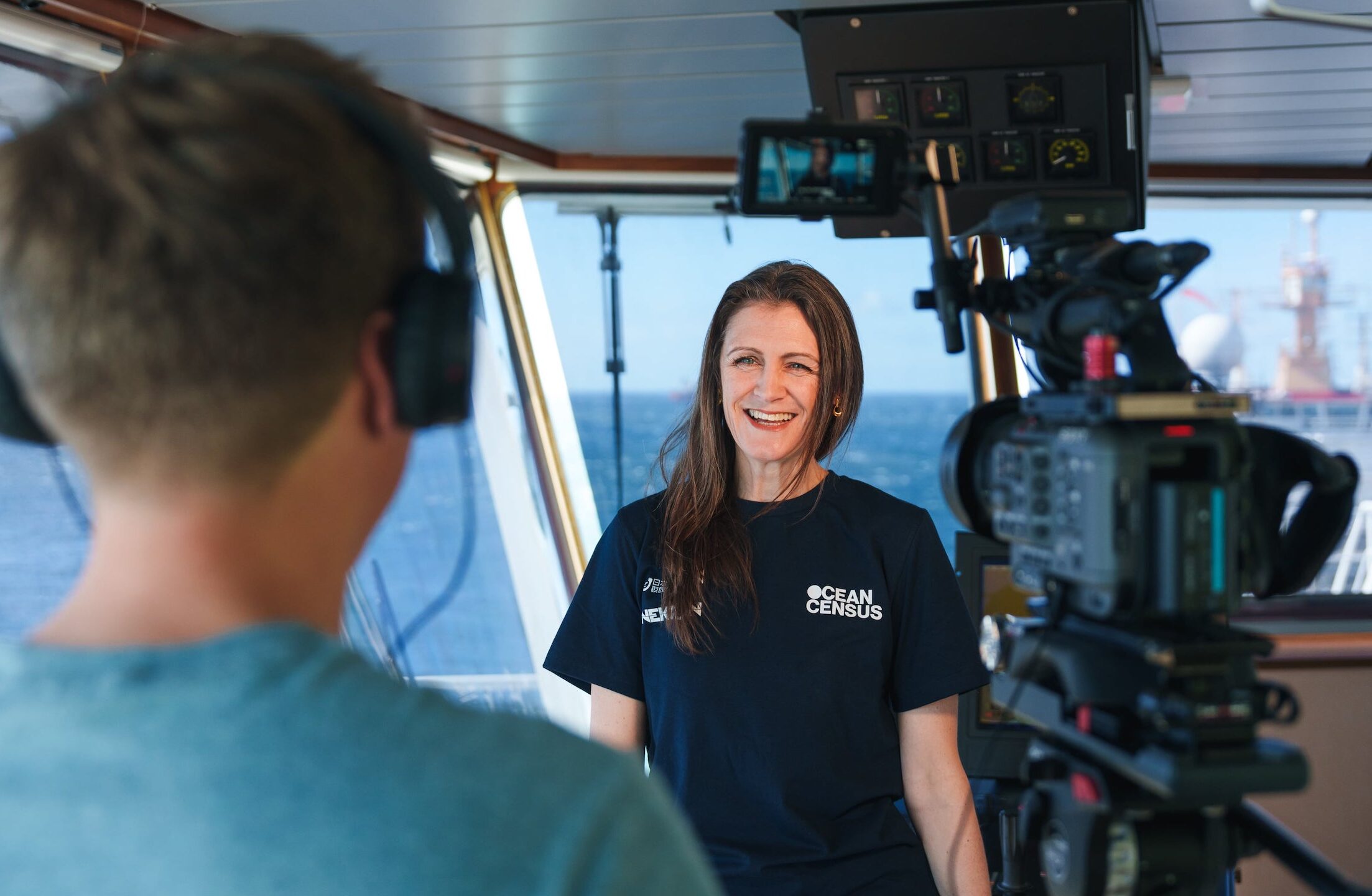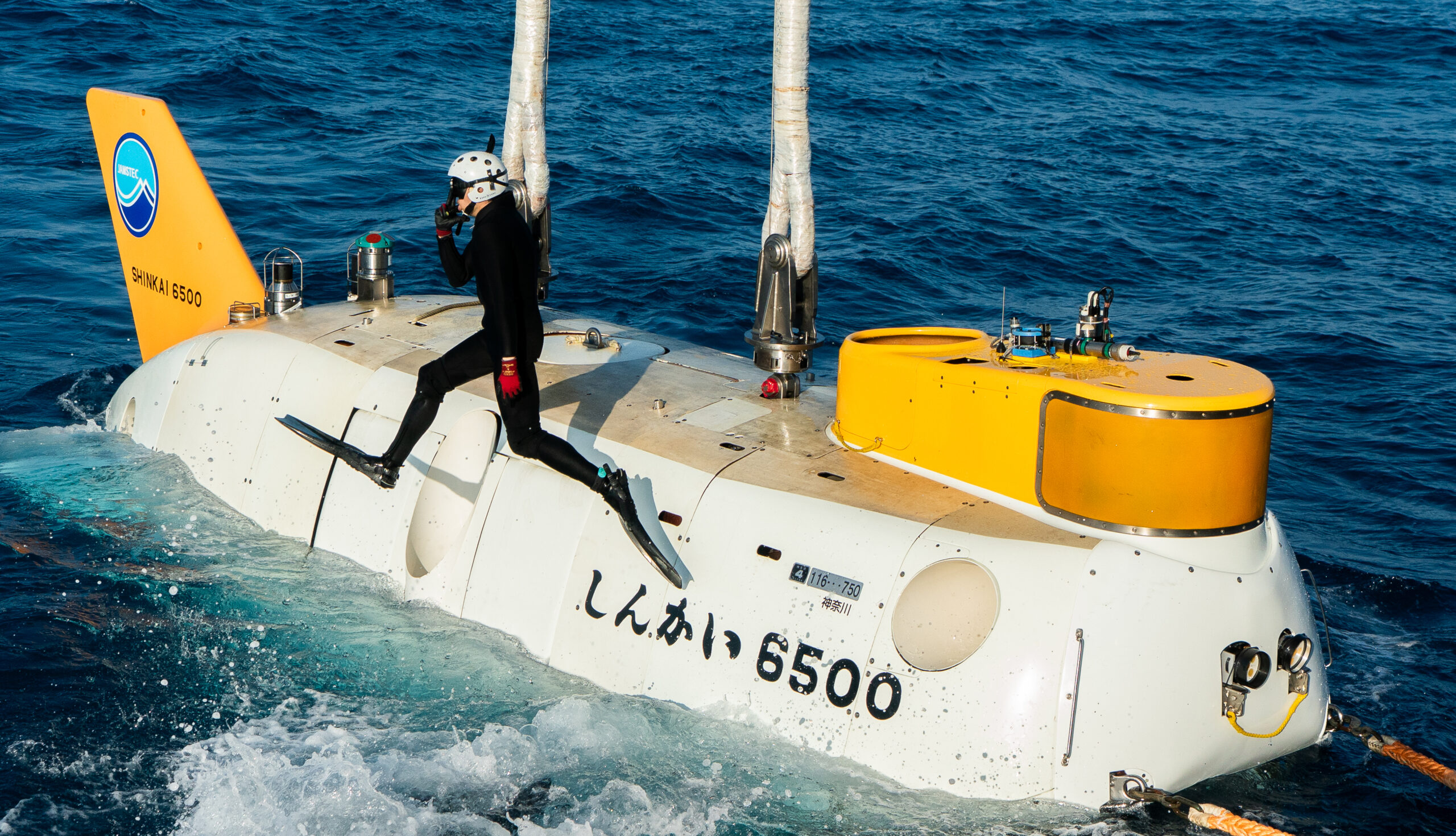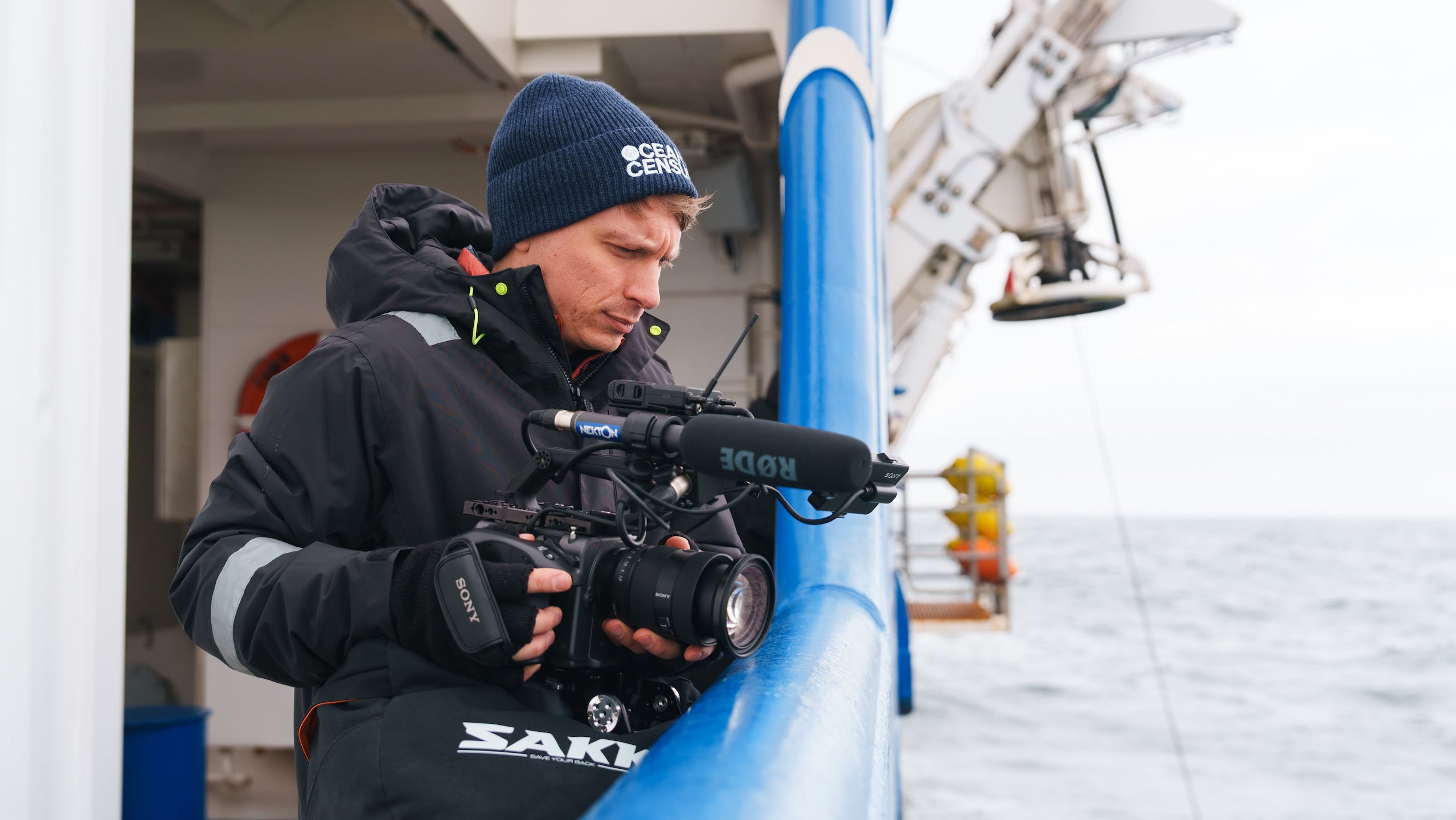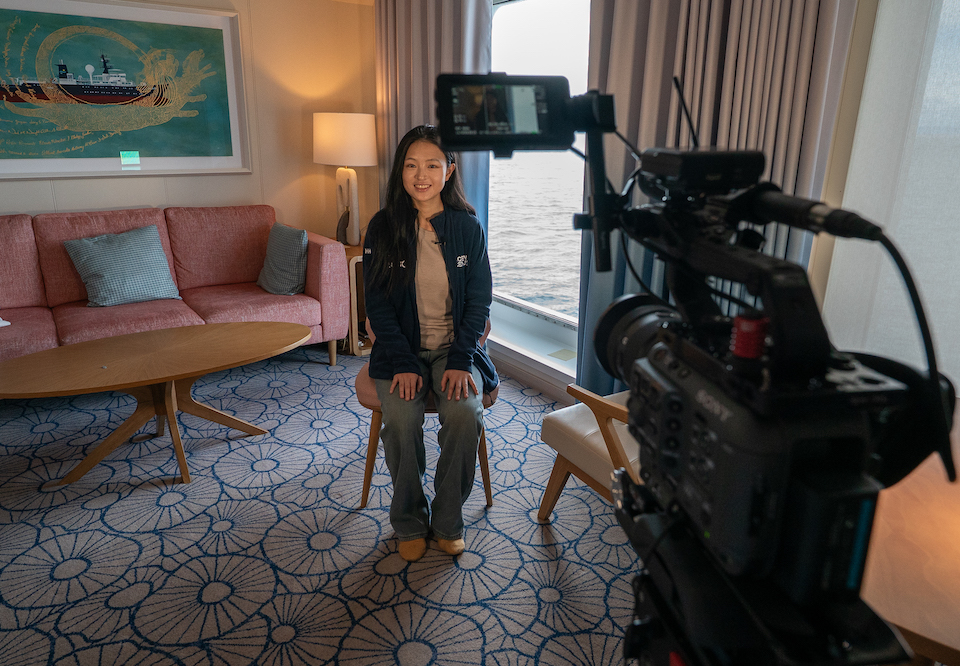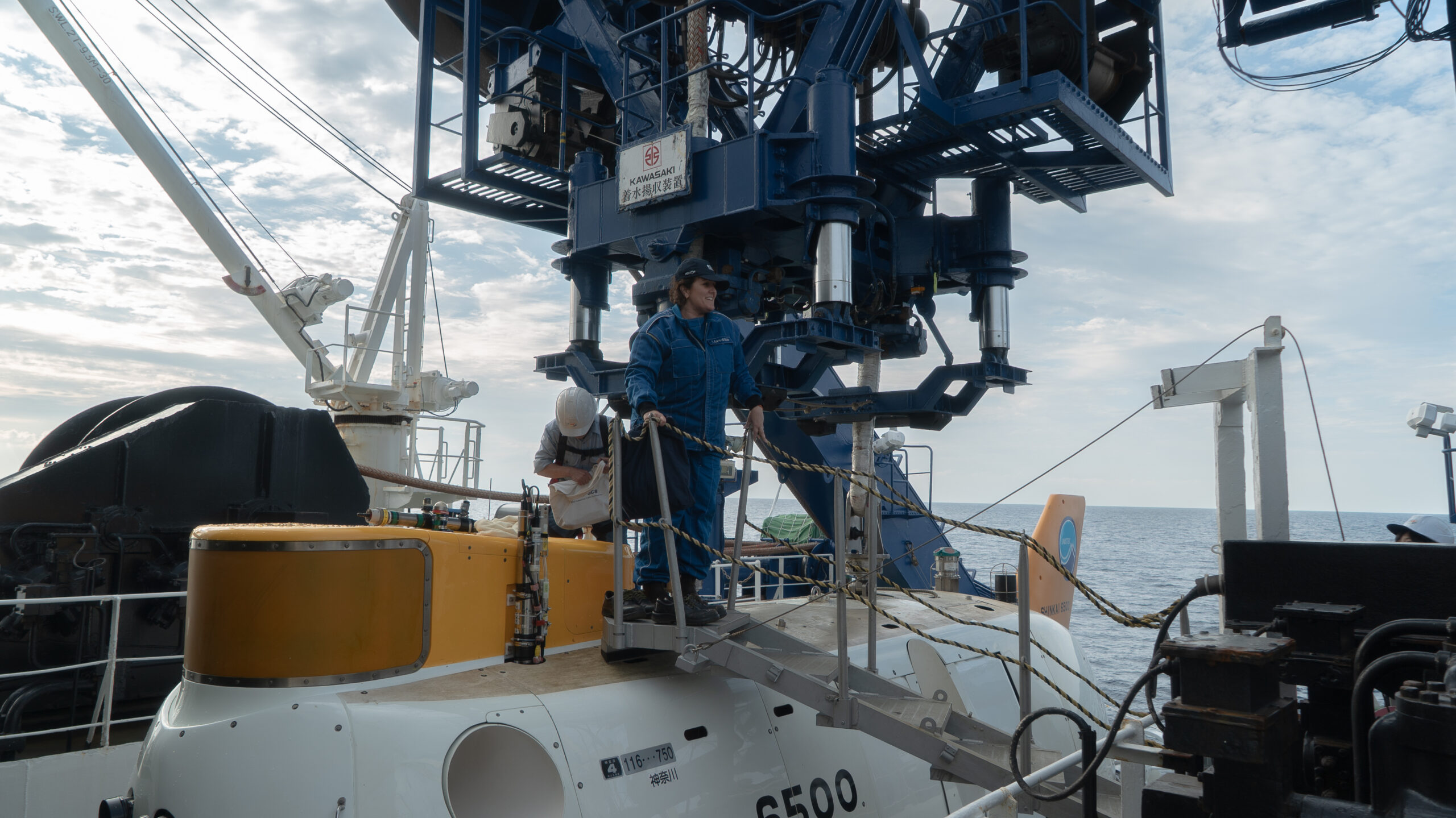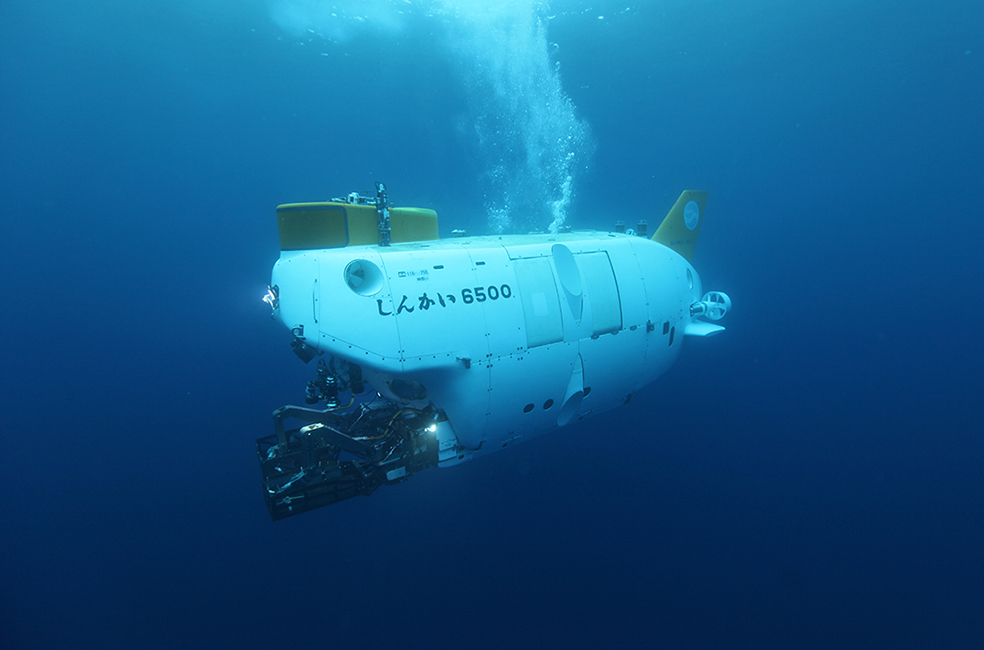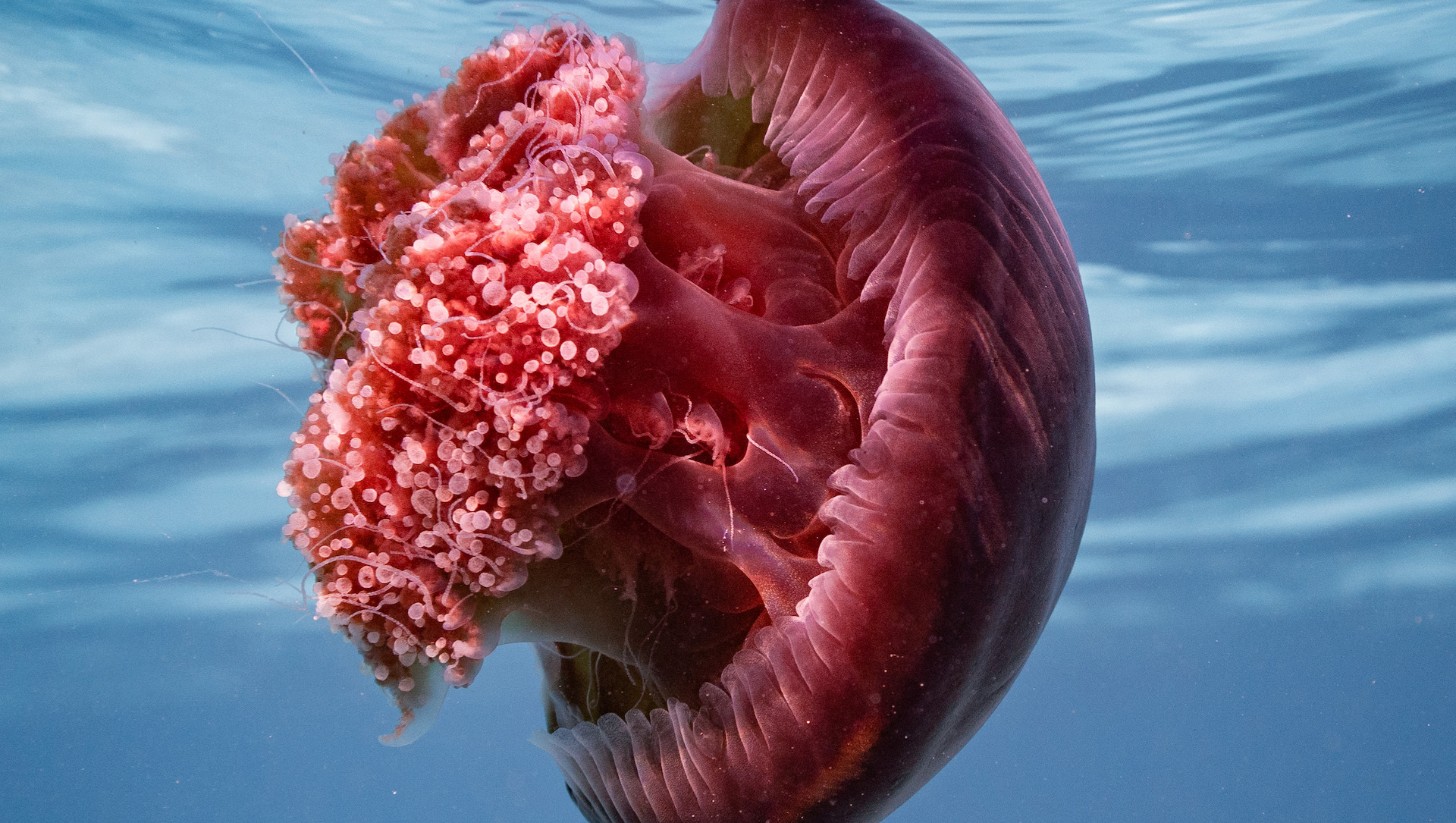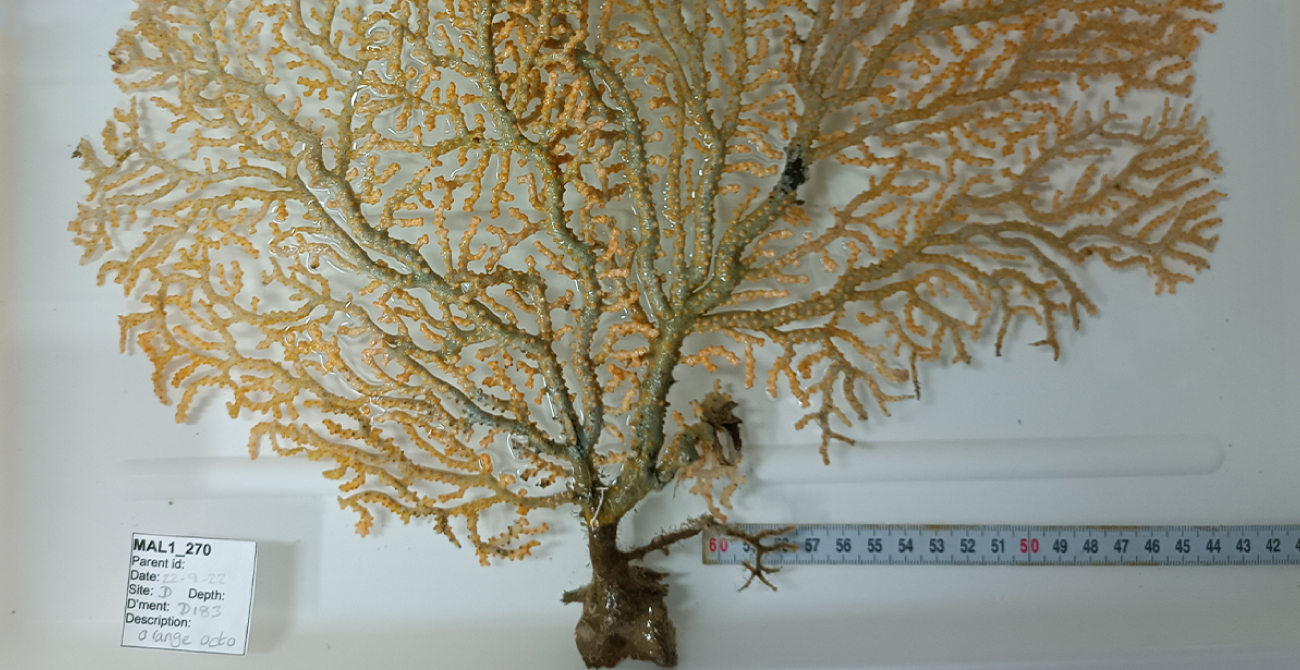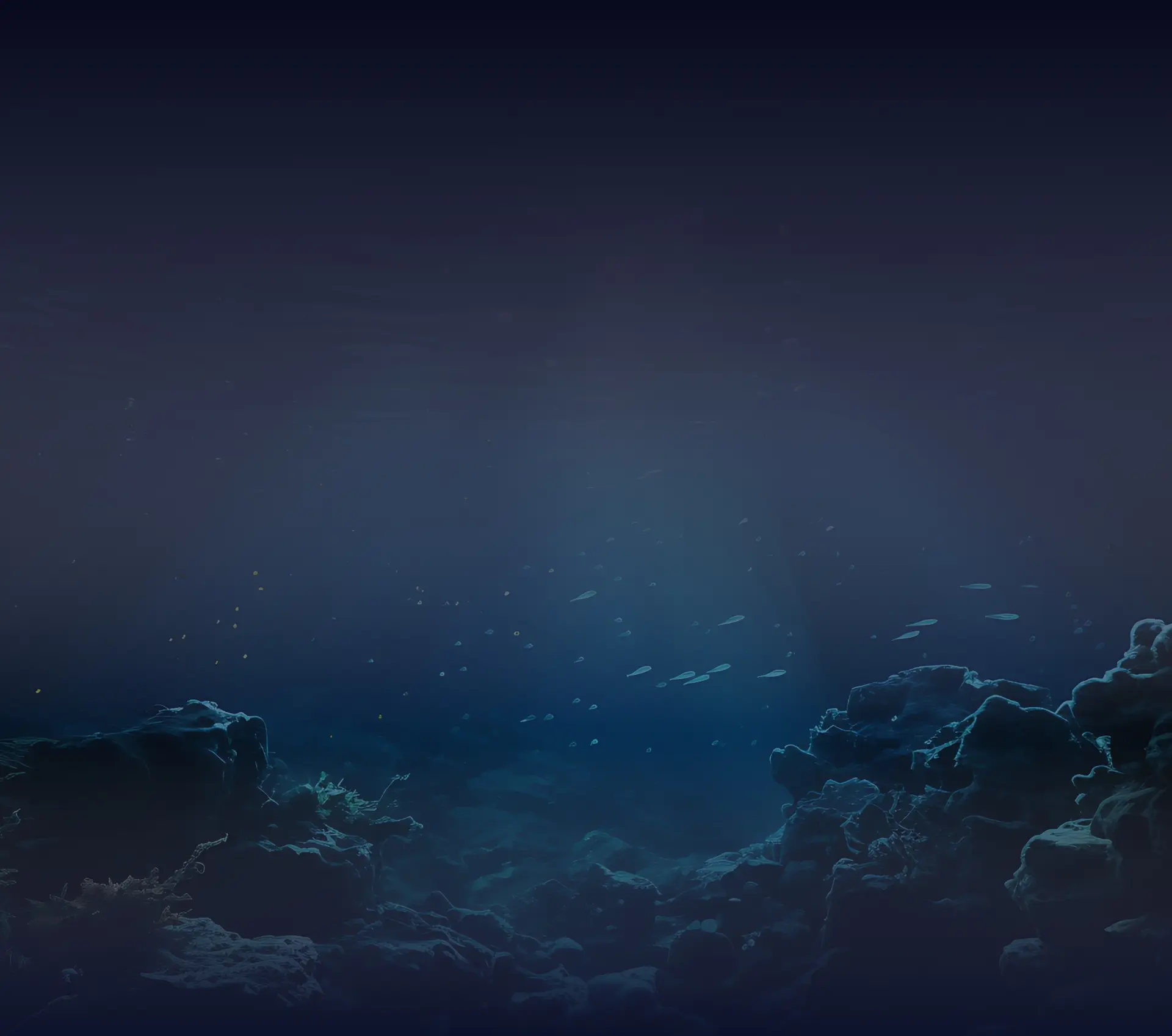
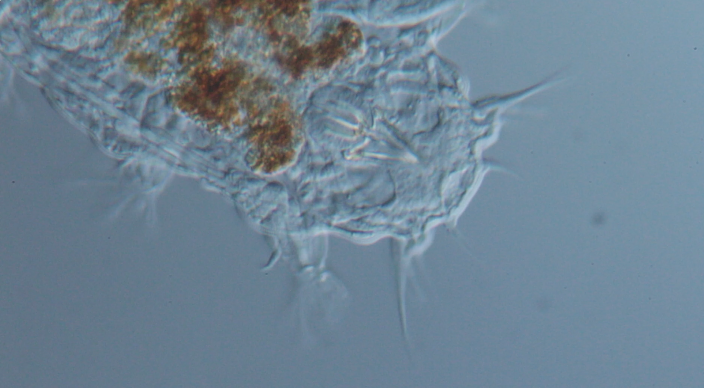
The Hidden Majority:
James Fleming on the wonderful world of meiofauna
More than what meets the eye
At a glance, marine sediment might seem lifeless, just mud beneath the waves. But for James Fleming, a postdoctoral researcher at JAMSTEC currently on board the JAMSTEC Shinkai expedition, that mud holds entire worlds.
“There’s so much delicacy and complexity at this really small scale,” he explains. “It’s like building a ship in a bottle.”
James studies meiofauna, the animals that fall between the macro and micro scale, typically between 0.1 mm and 1 mm in size. They’re just barely visible to the naked eye, but under a microscope they reveal a remarkable range of forms, colours, and evolutionary adaptations.
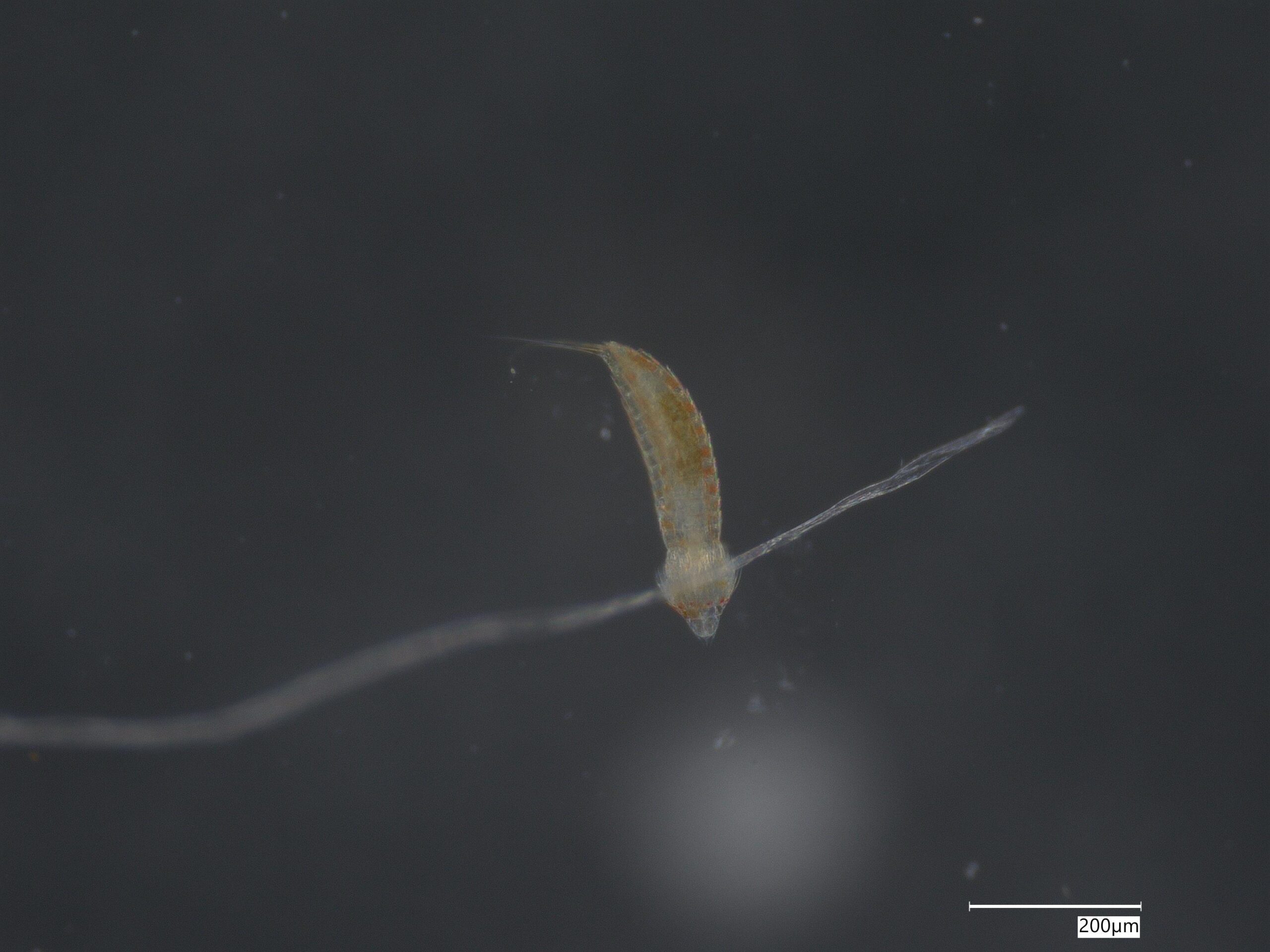
“They can tell us a great deal about the world around us. Understanding these groups helps us piece together how marine environments function, and how they’ve evolved. And yet, they’re often overlooked.”
James Fleming, postdoctoral researcher at JAMSTEC
Biodiversity at the bottom
Despite their small size, meiofauna represent an enormous portion of marine biodiversity. Of the 34 recognised animal phyla, (the broadest groupings in biological classification), 19 include meiofaunal members.
“These are creatures you can’t make out without a microscope. But they’re involved in critical processes, like nutrient cycling and decomposition. They break down the marine snow – the waste produced by larger animals – and reprocess it so it can be used again by other organisms. That means if we lose them, there could be serious consequences for ecosystems higher up the food chain.”
Overlooking meiofauna is a mistake, he says, not just scientifically, but for species discovery too.
“When we look at groups like Micrognathozoa or Loricifera, we’re talking about entire groups of animals that were only discovered in the 1980s or 1990s,” he says. “We’re still identifying new families, even new phyla, the broadest classification of animal life. So when it comes to meiofauna, there’s real potential to discover thousands — maybe even tens of thousands — of new species.”
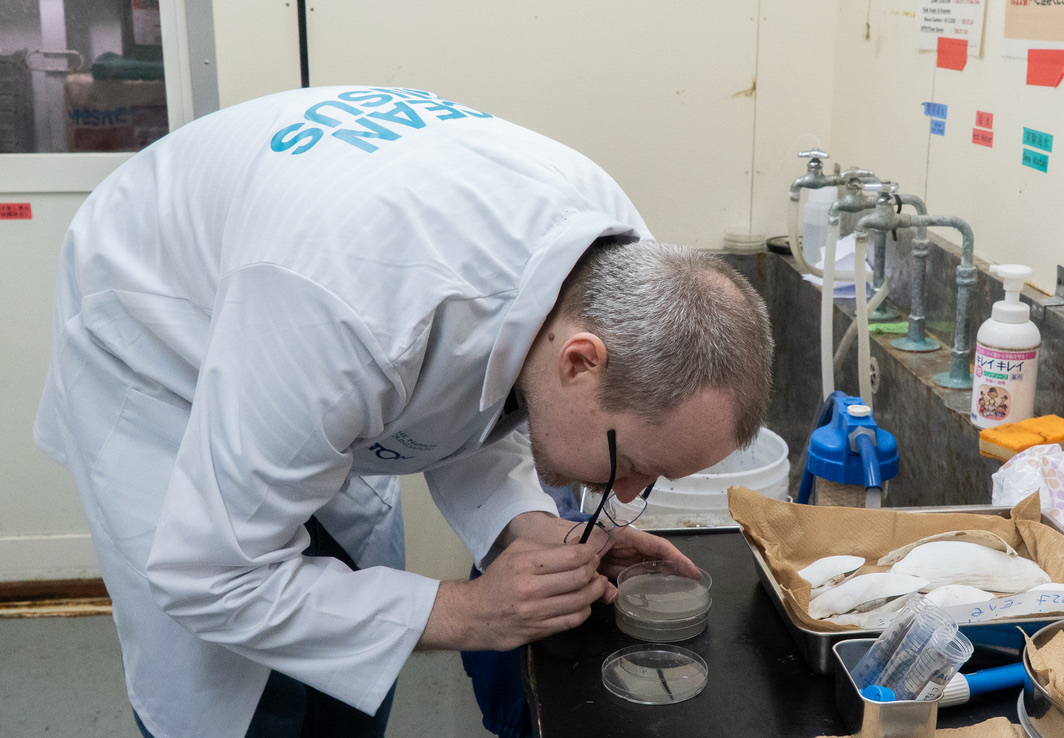
James’s fascination with hidden diversity began in a pond, not at sea
“I started looking at water samples as a teenager. It amazed me that you could find this incredible range of organisms, nematodes, tardigrades, all living on moss or in rain gutters. And people just walk by without knowing.”
That early passion ultimately led him to deep-sea science at JAMSTEC, where he now applies similar principles to ocean mud collected from the Pacific seabed.
“The deep sea floor covers most of our planet, and most of it is mud, just like a pond. That means the same methods we use in urban environments can also unlock incredible discoveries in the deep ocean.”
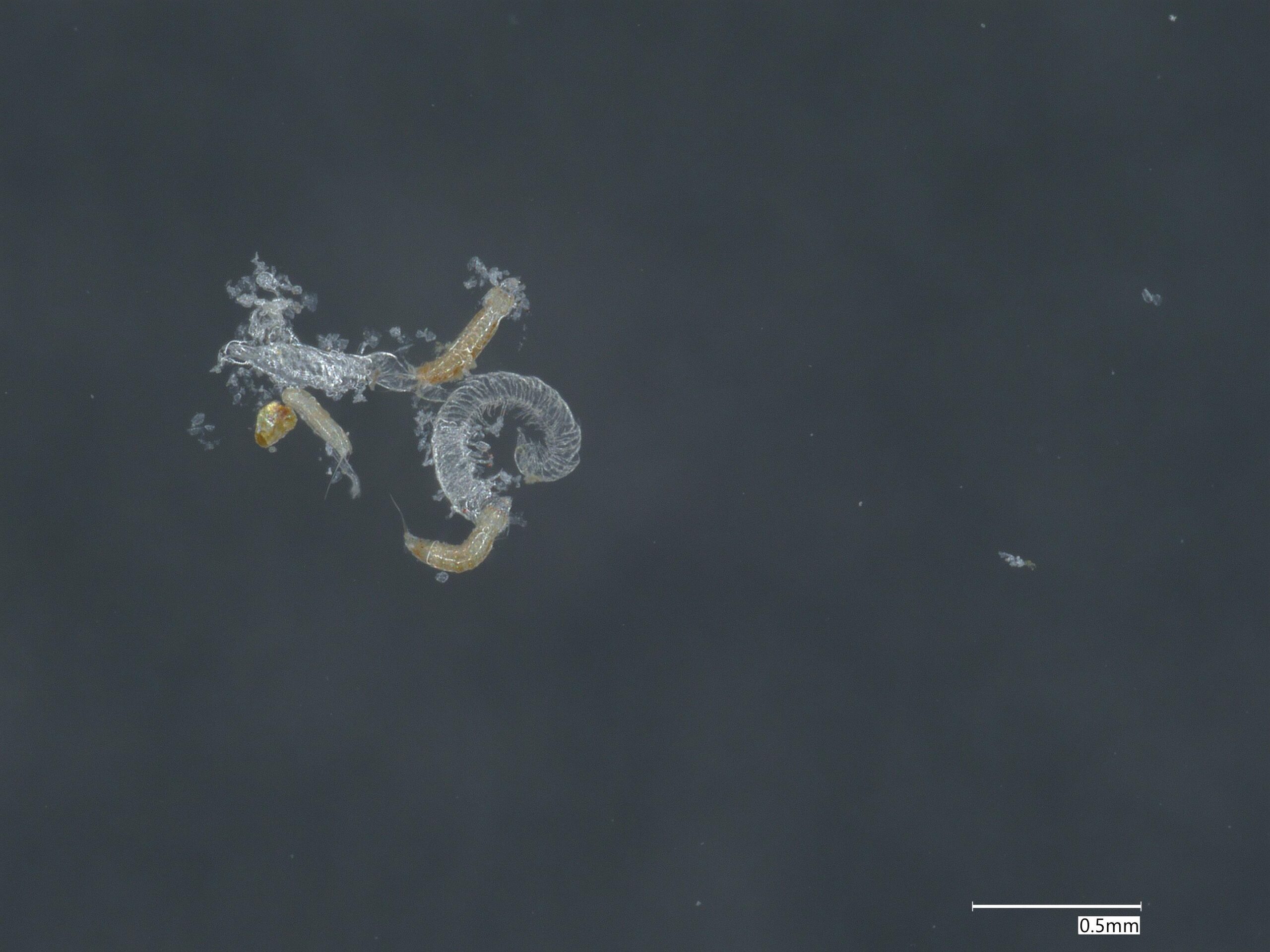
A planetary perspective
For James, meiofauna are not just ecologically important, they expand our imagination.
“When we look at extreme environments like the deep ocean — and some meiofauna live in areas with very little oxygen — we see just how adaptable life can be. Biological organisms have an incredible ability to survive, thrive, and evolve under conditions we once thought uninhabitable.
So every time we learn something new about meiofauna, we expand the blueprint of what we believe animals are capable of. And this goes beyond the deep sea – on other planets, evolution might have taken an entirely different path, and that opens up the possibility that life out there could be far more different than we’ve ever imagined.”

Related News
Join the census
An Alliance of scientists, governments, marine research institutes, museums, philanthropy, technology, media and civil society partners.
